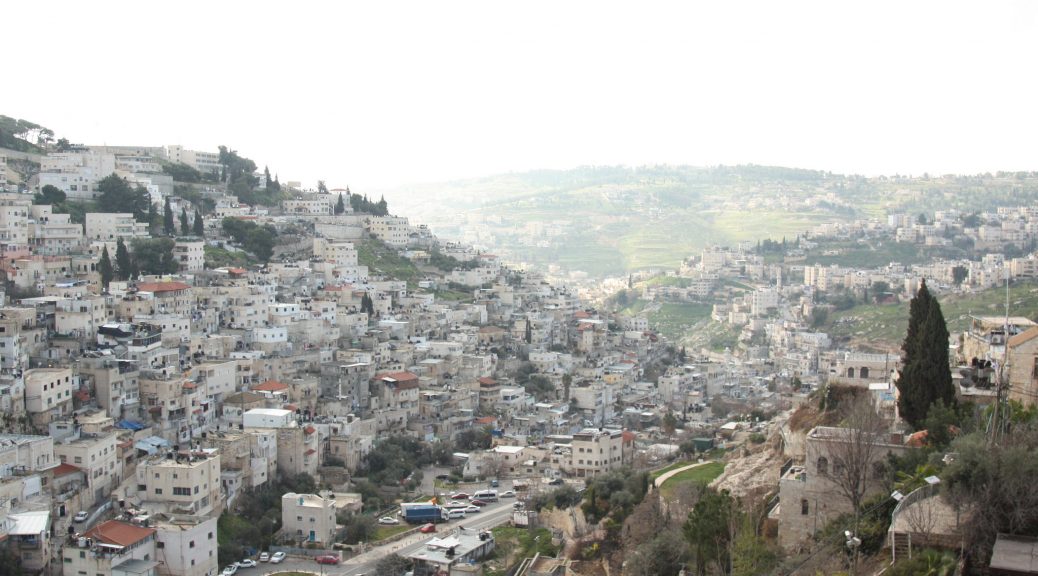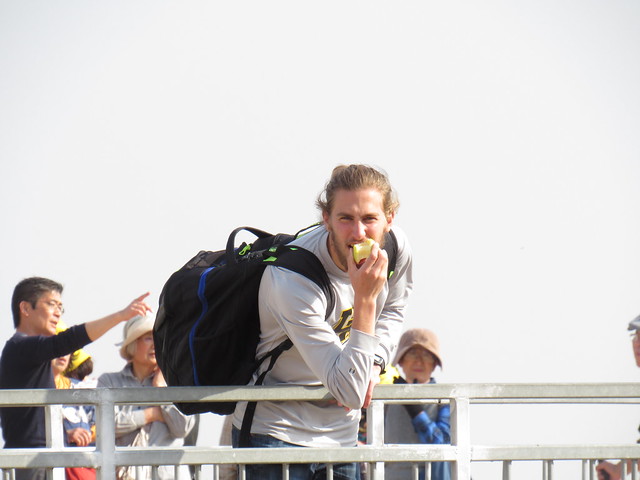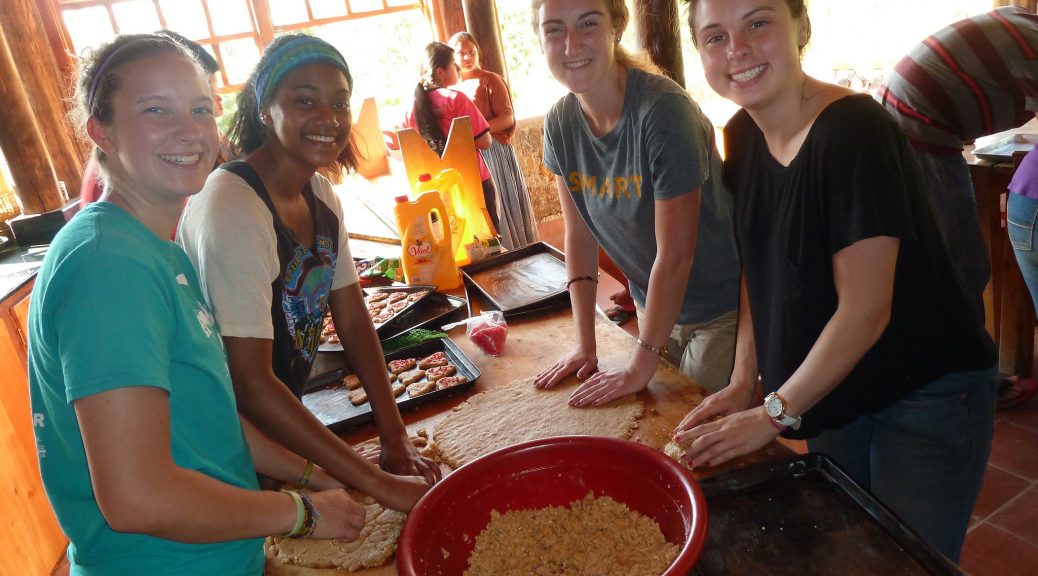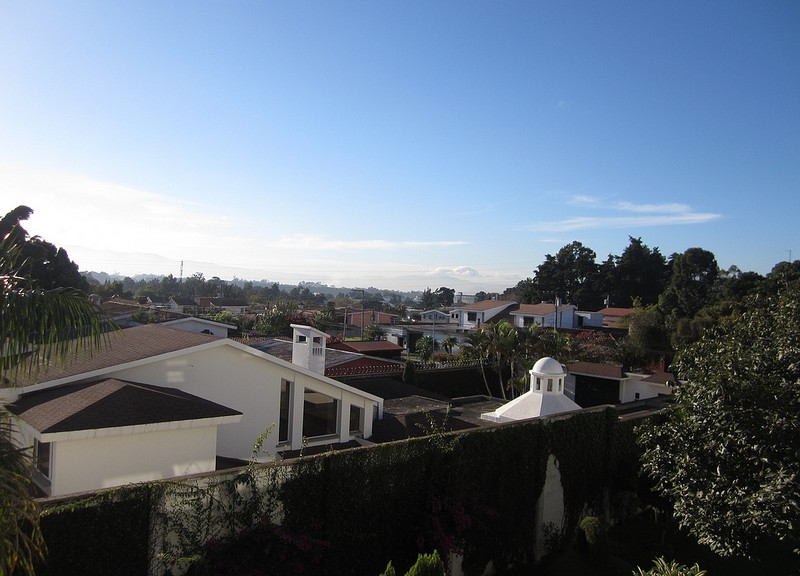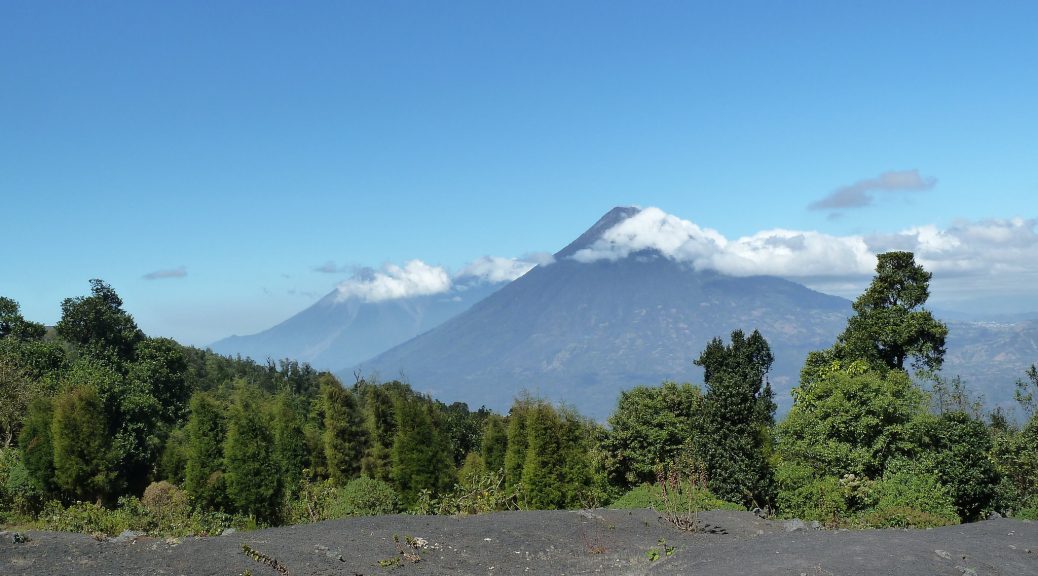Whether you're at home with your loved ones or across the world engrossed in other cultures, no one can remain untouched by news of friends and family experiencing deep suffering. Our cross-cultural group was saddened and upset by the news about former coach Britten Olinger and the extent of the injury he sustained in the accident. … Continue Reading ››
Unexpected Greatness
It’s crazy to think that just 3 months ago I was back in the states getting ready for a trip I never thought I would have done. While packing up my suitcase and backpack I was thinking about all that might come out of an experience like this. The new Spanish I would learn, the … Continue Reading ››
International Women’s Day
8 March 2017
In honor of international women's day, we did the only logical thing to celebrate: and that was eating cake. With much glee, we sang and celebrated the birthdays of those from February and March, in addition to celebrating women and the women in our lives. After our cake break, the guys so kindly … Continue Reading ››
Frequently used phrases
1 March 2017
Frequently Used Phrases
When I first thought about learning a new language, I thought the most difficult thing would be the grammar. While grammar is tricky, I've found the hardest thing to be the vocabulary. You can understand how the grammar works all you want, but it is meaningless when you don't know the … Continue Reading ››
The Q’eqchi and reflections on culture
27 February 2017
In between our two three-week semesters of Spanish classes in Guatemala City, our group had a 10-day trip to Alta Verapaz and Peten. These are departments in the north of Guatemala. During this time, we experienced three different cultures and activities. We began our week with a host stay in a Q’eqchi village … Continue Reading ››
I will miss this country
24 February 2017
I will miss this country...
I will miss my host family. Who took in a foreigner and accepted me so graciously into their home. Demonstrating so much love in their hearts, caring for me and feeding me, and sharing their culture so willingly.
I will miss the food. The simplicity of rice, beans, eggs, and … Continue Reading ››
The Symbolic Universe of Guatemala
22 February 2017
Some of the most important things are invisible and impalpable. Love has no color. Freedom has no taste. Hope has no smell. Peace has no texture. Respect has no sound. For this reason, we have developed symbols. Hearts represent love, for example. But the symbols we use are by no means the objectively … Continue Reading ››
Hope and hospitality
Hope and hospitality; the two words that I feel best describe our time in Beit Sahour, Palestine for the past three weeks. Given the opportunity to stay with local families while we've studied and explored here has opened my eyes to an exciting culture and to the challenging realities of living in this land. I … Continue Reading ››
Comfortable?
Comfortable?
Are we comfortable? Being so far away from friends and family Not understanding half of what is going on Struggling to communicate what we are thinking? Are we comfortable… Staying with families who don’t have hot water and others who do Living in a gated community with guards Getting catcalled in the street? Are we comfortable… Seeing kids working in the dump to earn … Continue Reading ››Jordan: desert community to current issues
2/5/2017
Marhaban! (Hello in Arabic)
Our group is now settling into host family life in Beit Sahour, a small town just outside of Bethlehem. We are looking forward to the next three weeks of getting to know our host families, and embracing the challenge of learning Arabic.
Before we arrived here we spent eight days in the wonderful … Continue Reading ››
